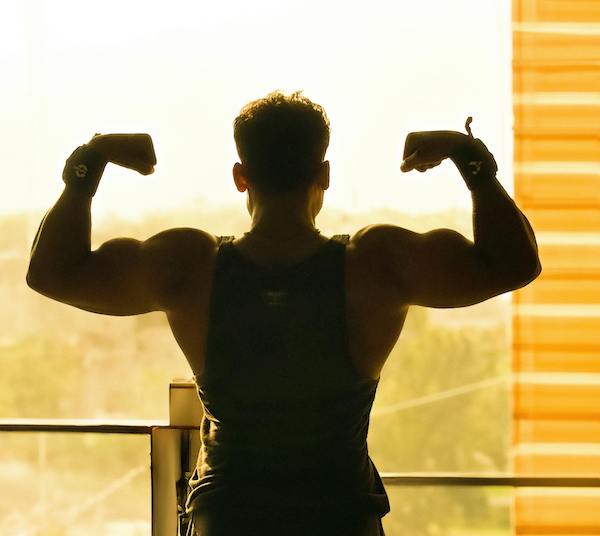The 2024 Paris Olympics are now over. But athletes know that the work doesn’t stop once that big competition is over—even when it’s on the most elite stage. As the world watched the best of the best athletes throughout the Games, they most likely inspired the next generation, lighting a fire as big as that Olympic torch. How often does an athlete list ‘make it to the Olympics’ as their ultimate goal? But do they really have what it takes to be an Olympian?
“The greatest Olympians have a true passion and love of their sport,” said certified chiropractic sports practitioner Dr. Craig Couillard (D.C., CMT, CCSP, ICSC, CSCS, NASM- CPT, PES, CES, CNC). “They rise above adversity and serve as a positive influence, much like Simone Biles and Suni Lee recently.”
But it takes a whole lot of sweat—maybe even tears—to turn something that is a passion into elite athleticism and advanced technical skill set in that specific sport that measures up on a professional level.
According to Dr. Couillard, Olympians show their dedication to their sports by staying in shape. This includes taking the necessary time to train and take care of their body.
And Dr. Couillard would know. He previously worked with the USOC and USA Swimming and witnessed the mental and physical grit of top athletes.
This includes working out six times per day for six to seven hours per day for some Olympians. It means swimming 13km per day at least six days a week. It may even mean maintaining a streak of five years without a missed swim session like Dr. Couillard witnessed.
While completing 1,000 sit-ups each day like Olympians might be a bit advanced for those at the high school or college level of sports, there lies a lesson in the discipline of working towards the big goal every day.
Athletes can take smaller chunks and take a bite out of an Olympian workout by following similar training plans that are adjusted to their fitness level. For example, core strength is important in all sports. Start with a goal of 20 daily sit-ups and increase it over time.
“Training time differs for everyone, including the recovery programs each person takes part in such as their hydration, diet, treatments, sleep, and coaching,” Dr. Couillard said. “Assuming athletes take their recovery program seriously, I recommend training for two to three hours a day, five days per week.”
Olympians also focus on strength and conditioning training—some as often as three times a week. Dr. Couillard recommends athletes focus on strength training at least one to two times a week while in season.
“Sports are repetitive in nature,” he said.
Strength training helps keep workouts fresh, and muscles guessing, and increases overall fitness. “This repetitive stress can lead to movement impairments which can lead to poor performance, greater repetitive stress, and possible pain and injury,” Dr. Couillard said.
And no matter the prime muscle movers used in a particular sport, it’s still important to have balance.
“Athletes should focus on all body systems, with careful attention to integrating upper and lower body patterns,” he said. “This will help lessen the stress load and create neuromuscular balance throughout the body.”
So how does the next generation of athletes start training like a future Olympian? Dr. Couillard recommends starting a performance enhancement assessment performed by a certified fitness provider. This allows the athlete to then get a training plan that is based on their needs.
“This will increase the likelihood of the athlete performing at a higher level and reducing potential areas of injury,” he said.
Then start training by focusing on corrective exercises. “Correcting movement impairments through strength training can be very advantageous in correcting these issues and possibly enhancing sports performance,” Dr. Couillard said.
Then the athlete can take their training up a notch and continuously work at progressing. Just be mindful that even an Olympian prioritizes recovery. “Professional athletes can prevent burnout by taking part in hobbies other than their sport and making sure they take the time needed for recovery,” said Dr. Couillard.
Recovery tips to prevent injury include staying hydrated, maintaining a balanced and healthy diet, and taking part in recovery treatments such as chiropractic, massage, and acupuncture.
How can aspiring athletes follow in the footsteps of Olympians? “ It’s important to have a passion for the sport and maintain a positive outlook on life in general,”Dr. Couillard said. “Find a mentor who can lead them down a positive path both in sport and in life. Most importantly, have fun and work hard!”

